Feature | Roadmap
A Roadmap For Reading Hindi Literature
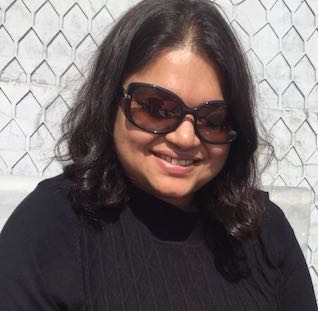
Devanshi Jain
January 10, 2019
I have a confession. I haven’t read any Hindi literature (except what was prescribed as part of the school syllabus) in over 25 years. I haven’t even made an attempt as some inexplicable mental block has been preventing me from doing so. I would read a lot in Hindi as a child, from children’s magazines like Chandamama to stories of Vikram-Betal. Growing up, both English and Hindi literature found equal importance in my reading life. But, that all changed when I went to boarding school and I simply stopped reading Hindi literature. I don’t recall the exact reasons why but it was probably a combination of it being ‘uncool’ to read Hindi and that no one else I knew was reading Hindi literature. So, my reading became limited to what I had to read to pass my Hindi exams.
After much procrastination, I’ve decided that 2019 will be the year of Hindi literature for me. I will make an earnest attempt to explore it and push through the initial stumbling blocks. I am slow and clumsy when it comes to reading in Hindi and my vocabulary is rather limited and, frankly, embarrassing. But it’s time to change that and to finally embrace my mother tongue.
I know I am not alone. Many people from my generation no longer read in Hindi and, as for children, the situation is even direr as many of them are unable to even speak in Hindi, let alone read in it. What I find most interesting is that unlike Hindi, many of the other regional languages are still regularly spoken and read in.
If you’re like me and looking to rediscover Hindi literature, you may not know where to get started. And unfortunately, there is no guide to help you on this mission. However, we’ve got you covered. This guide covers various forms of Hindi literature and will help you read Hindi authors without feeling like you are drowning.
Instead of starting with a novel, I suggest starting with short stories. Not only do they make for shorter time commitments, but they are also unlikely to overwhelm you. Munshi Premchand is one of the most celebrated authors of Hindi literature and you can’t go wrong if you begin with his short stories before you dive into his novels. Not only are the stories written in simple and easy-to-understand Hindi, but they are also interesting and deal with themes like poverty and caste, which are as relevant today as they were when he wrote his tales. Pick up 21 Anmol Kahaniya, which is a collection of short stories like Ansuon Ki Holi, Namak Ka Daroga, Kafan, Thakur Ka Kuan and Shatranj Ke Khiladi, amongst others. When you read enough of his short stories, you’ll recognise that many of them have inspired Bollywood films.
You can’t explore Hindi literature in earnest without reading at least one woman author and who better to begin with than Amrita Pritam, winner of several awards including the Jnanpith, the Sahitya Akademi Fellowship and both the Padma Bhushan and the Padma Vibhushan. I recommend Deewaron Ke Saye Mein, which is a collection of musings, stories and brief essays on the state of women in India and highlights their trials and tribulations. This thought-provoking book is easy to read and, at less than 100 pages, won’t overwhelm a novice Hindi reader. Some of the essays are just 2-3 paragraphs while the average short story is less than 10 pages. You can easily carry the slim volume around with you and sneak in a few pages during lunch or on your commute. If you want to read more of her work, pick up the Hindi version of Pinjar, originally written in Punjabi.
Hindi poetry is enchanting and no translation can possibly capture its beauty. While it may seem daunting to explore poetry, I promise you it’s not as difficult as you think and a great way to take a break from reading more structured work. A good way to start with Hindi poetry is to read poet extraordinaire Harivansh Rai Bachchan’s Madhushala. The book consists of 135 quatrains, all of which have deep philosophical undertones but are easy to read, Each quatrain ends with the word ‘madhushala’ or bar. This metaphorical work is great fun and likely to amuse you even if you just give it a cursory reading. But it would be worthwhile to take your time reading it so you can understand the deeper meaning behind the verses.
Now that you’ve explored short fiction, non-fiction and poetry, you are probably looking forward to reading some longer works of fiction. I suggest Chandrakanta by Devaki Nandan Khatri, which is an epic fantasy novel with a cult following and has been adapted several times for television. This story about lovers from two rival kingdoms was the first modern Hindi novel and contributed significantly to the popularity of the Hindi language. In fact, in the preface to the edition I own, it is mentioned that people learnt Hindi just to be able to read this novel! Fortunately, we don’t have to do that but it is definitely worthwhile to read the book that captured the imaginations and hearts of so many. Don’t worry, despite being billed as an epic fantasy, the book is less than 300 pages long with a thrilling and entertaining plot, which is guaranteed to keep you hooked.
Speaking of thrilling reads, your next pick for a full-fledged novel should be something from the glorious tradition of Hindi pulp fiction. Surender Mohan Pathak is a good author, to begin with. The author of nearly 300 books, he introduced many beloved characters like Vimal and Sunil. I recommend Conman which features Sunil, an investigative journalist, who finds himself involved in solving the murder of a conman. Fast-paced and exciting, this novel by the “Badshah of Blockbusters” will keep you on the edge of your seat and is sure to convince you to dive further into the world of Hindi pulp fiction.
Now that I’ve started to read Hindi literature, I find it much less overwhelming than expected. Even with my limited vocabulary, the books are proving to be fun and easy to read and I am glad that I took the plunge. I encourage you to do the same and follow this roadmap to get started on your journey towards making Hindi literature part of your life. Even if you don’t end up enjoying it, at least you can say that you gave it a good honest try.
Image of the bar for Madhushala taken from Vecteezy.
Are you looking to read Hindi literature? Do you have any recommendations for anyone who wants to start reading Hindi literature again? Share with us in the comments below.
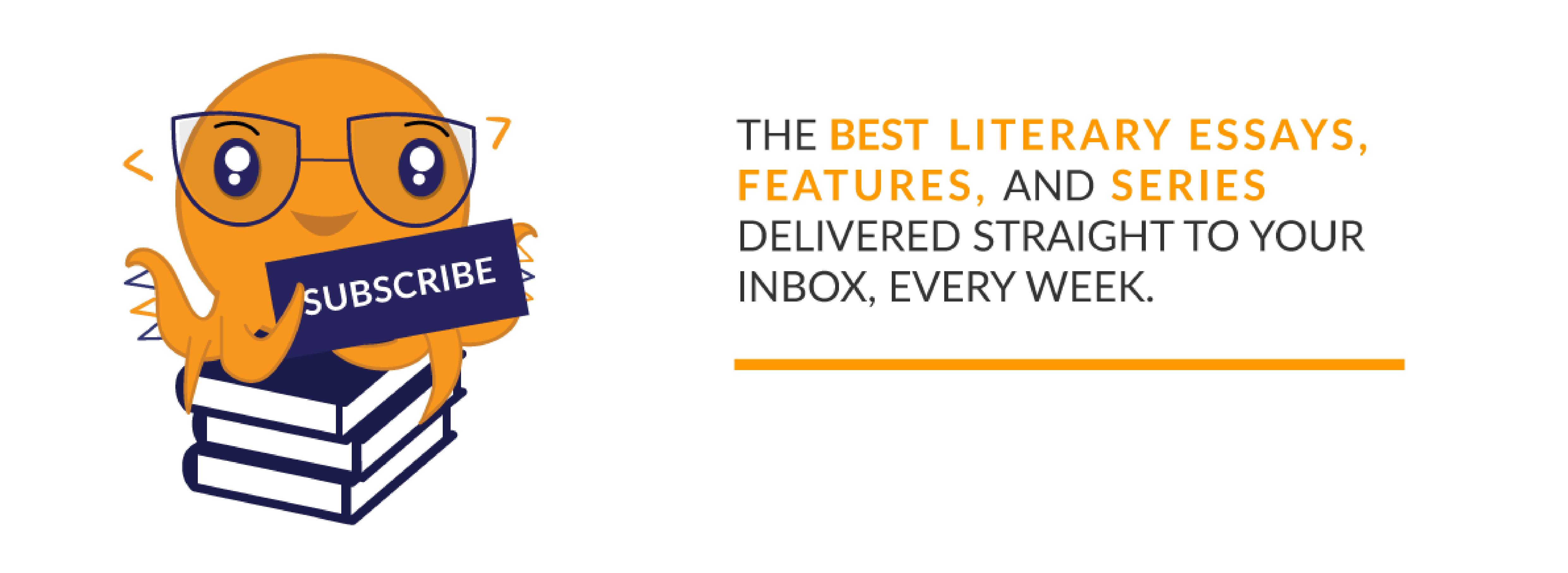

Devanshi Jain
Devanshi has been reading ever since she can remember. What started off as an obsession with Enid Blyton, slowly morphed into a love for mystery and fantasy. Even her choice of career as a lawyer was heavily influenced by the works of Erle Stanley Gardner and John Grisham. After quitting law, and while backpacking around India, she read books on entrepreneurship, taught herself web design and delved into social media marketing. She doesn’t go anywhere without a book.
She is the founding editor of The Curious Reader. Read her articles here.

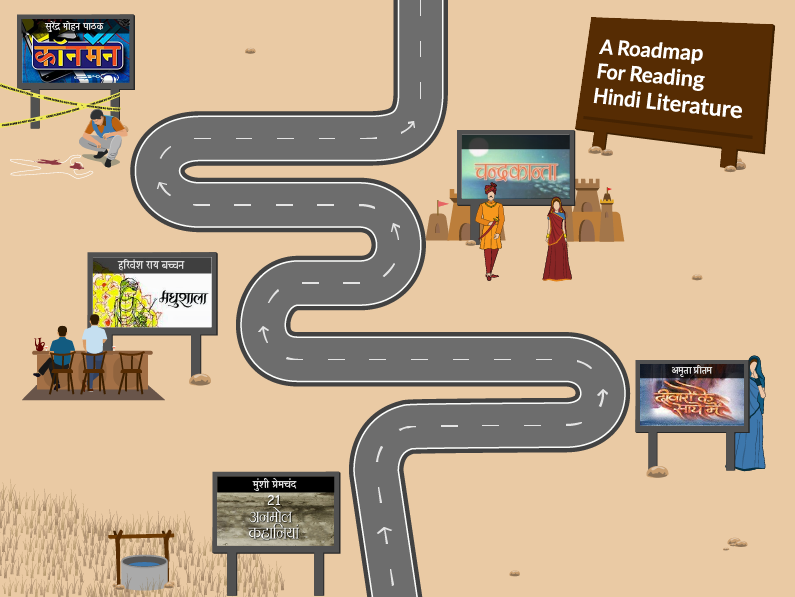
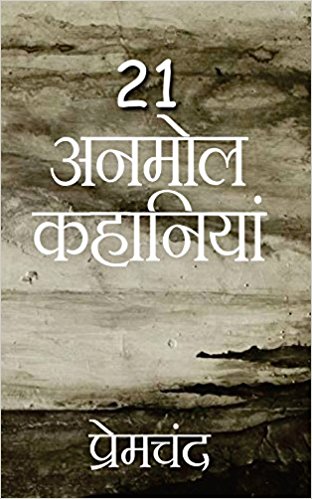
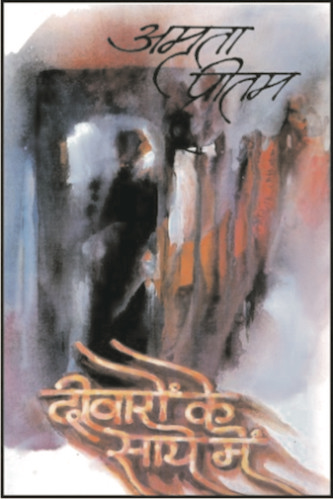
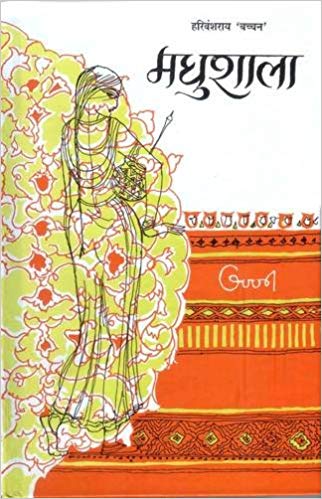
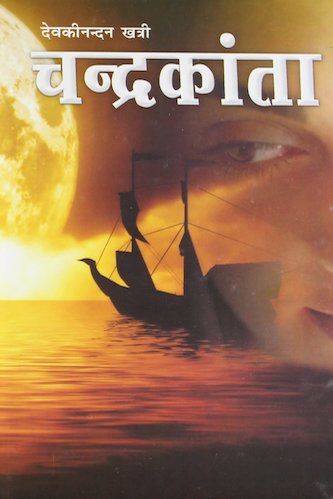
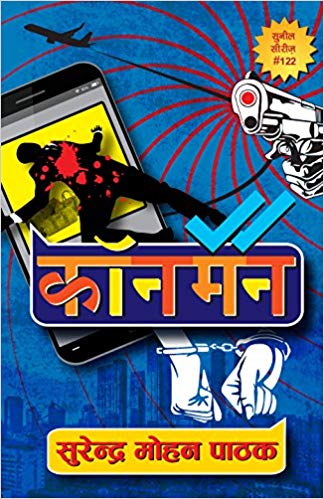
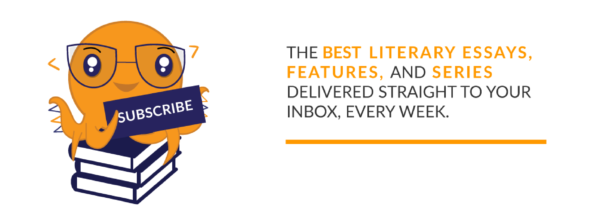
Check your inbox to confirm your subscription
We hate spam as much as you hate spoilers!